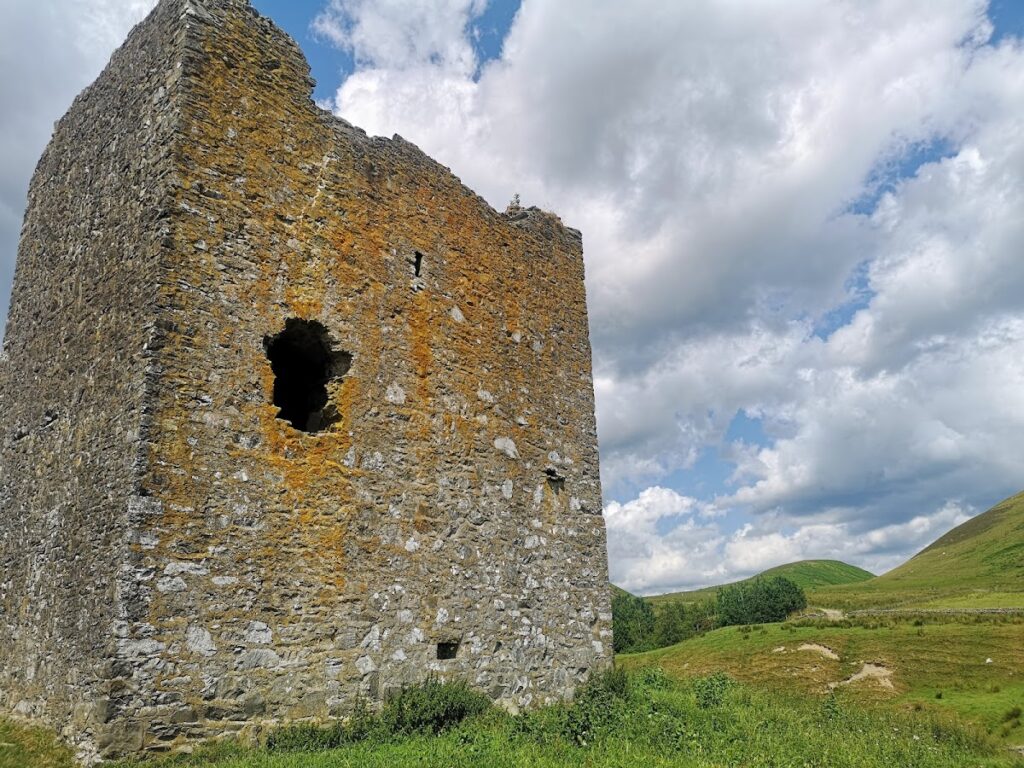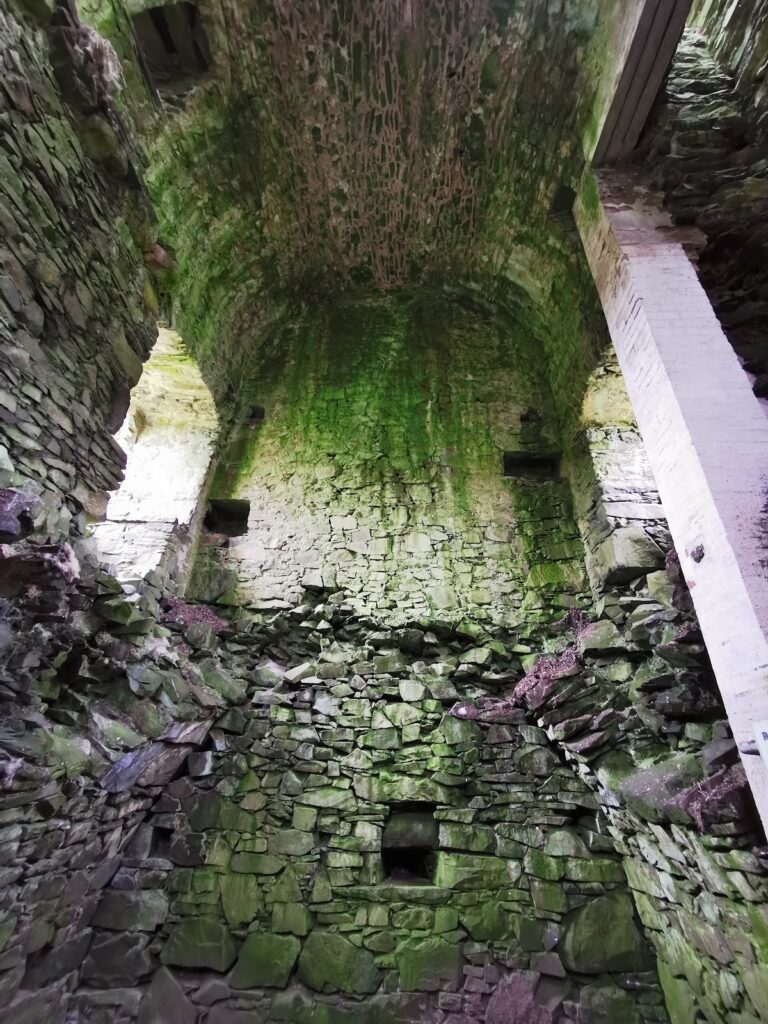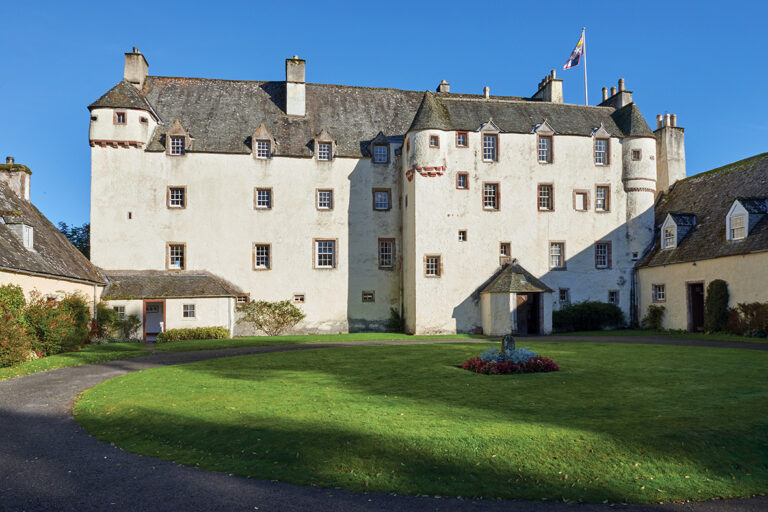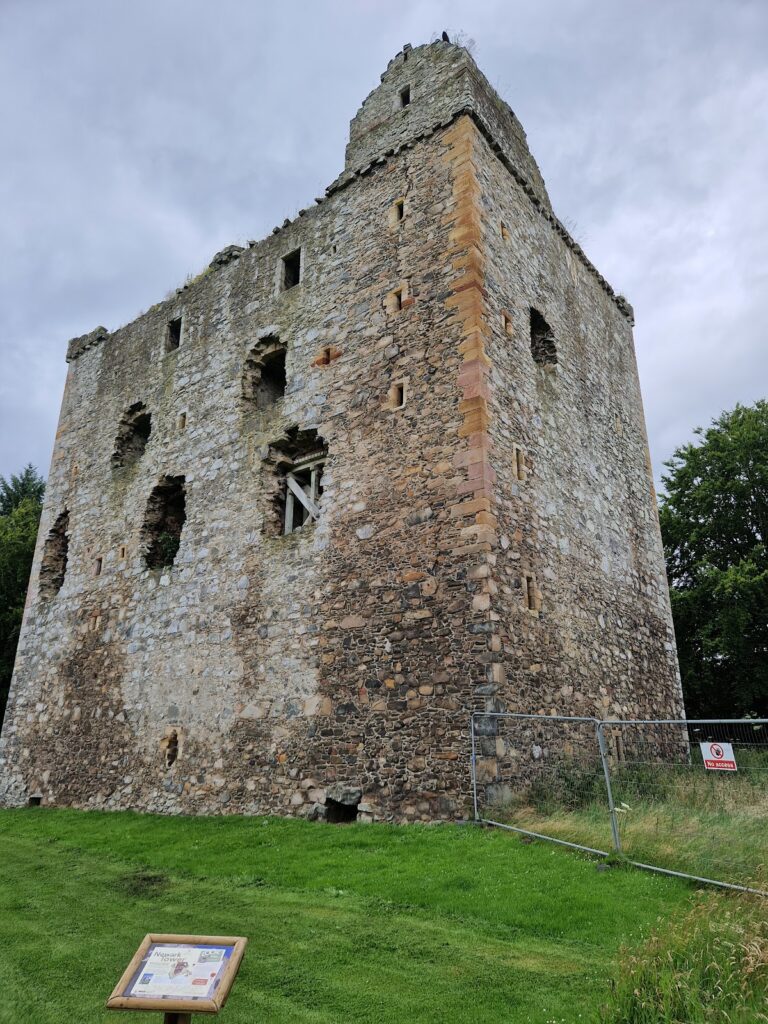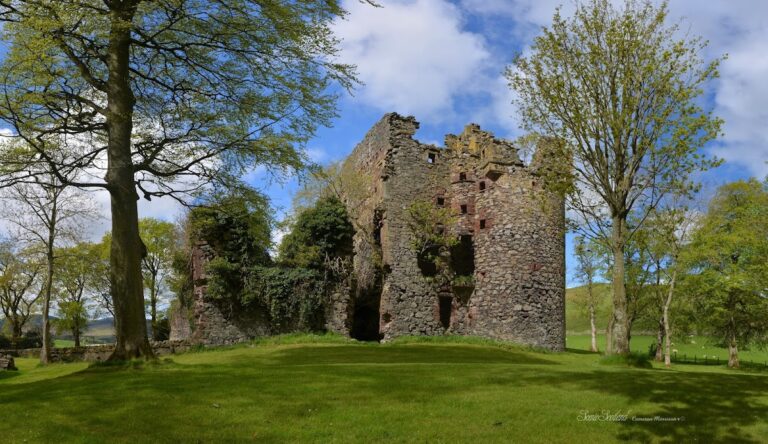Dryhope Tower: A Historic Scottish Border Fortified Residence
Visitor Information
Google Rating: 4.1
Popularity: Very Low
Google Maps: View on Google Maps
Country: United Kingdom
Civilization: Unclassified
Remains: Military
History
Dryhope Tower is located in Dryhope, within the Scottish Borders of the United Kingdom. It was constructed by Scottish builders as a fortified residence during a turbulent period in the borderlands between Scotland and England.
The origins of Dryhope Tower date back to the mid-16th century, following a 1535 law passed by the Scottish Parliament. This statute required landowners in the border regions to erect stone defensive enclosures, known as barmkins, large enough and strong enough to protect inhabitants during frequent cross-border raids. Dryhope Tower was built as part of this wave of defensive architecture, taking advantage of its position near the northeastern edge of St Mary’s Loch with natural barriers formed by the Dryhope Burn and Kirkstead Burn on either side.
Originally, the property was held by the Scotts of Dryhope. A notable family member was Mary Scott, famously called the “Flower of Yarrow,” who was an ancestor of the celebrated author Sir Walter Scott. Through her marriage to Wat Scott of Kirkhope, a known Border Reiver involved in raiding and feuding, ownership transferred to the Scotts of Harden. In 1592, Wat Scott became embroiled in a political rebellion connected to Francis Stewart, the 1st Earl of Bothwell, which led King James VI to campaign against those involved. As part of this effort, the king ordered many rebellious homes to be slighted, or deliberately damaged to prevent their use, including Dryhope Tower.
Although the tower was damaged during these royal reprisals, records indicate it was repaired and standing again by 1613. However, its active use declined by the late 17th century, after which the building fell into ruin. Eventually, the estate came under the possession of the senior Scotts branch, known as the Dukes of Buccleuch. Today, Dryhope Tower forms part of the Philiphaugh Estate and holds protected status as both a scheduled monument and a category B listed building, reflecting its historical importance.
Remains
Dryhope Tower was once a four-storey structure built from stone sourced locally in the Scottish Borders. The lower two floors featured vaulted ceilings, an architectural method where arches are used to support the floors and roof, providing added strength. This robust construction was typical for peel towers, which served defensive purposes along the often hostile Borderlands.
The tower was enclosed within a barmkin, a defensive stone wall surrounding a small courtyard. This wall was built to dimensions mandated by the 1535 statute, measuring around 18 meters square with walls approximately 0.94 meters thick and 5.6 meters high. Inside the enclosure, additional buildings would have supported domestic and agricultural activities, providing a sheltered area protected from raids.
Two natural streams, the Dryhope Burn and Kirkstead Burn, flank the tower site on the east and west, respectively. These burns created natural defensive moats, enhancing the tower’s security without the need for extensive artificial fortifications on those sides.
Today, the tower stands in a ruined state but has been the focus of recent conservation work aimed at stabilizing the remaining stonework. While fragmentary, the walls and vaulted floors remain visible, allowing visitors and scholars alike to appreciate the tower’s original scale and strategic conception. Historic Environment Scotland recognizes Dryhope Tower’s value by listing it as a scheduled monument, ensuring ongoing protection for this example of Border fortification during the turbulent 16th and 17th centuries.
